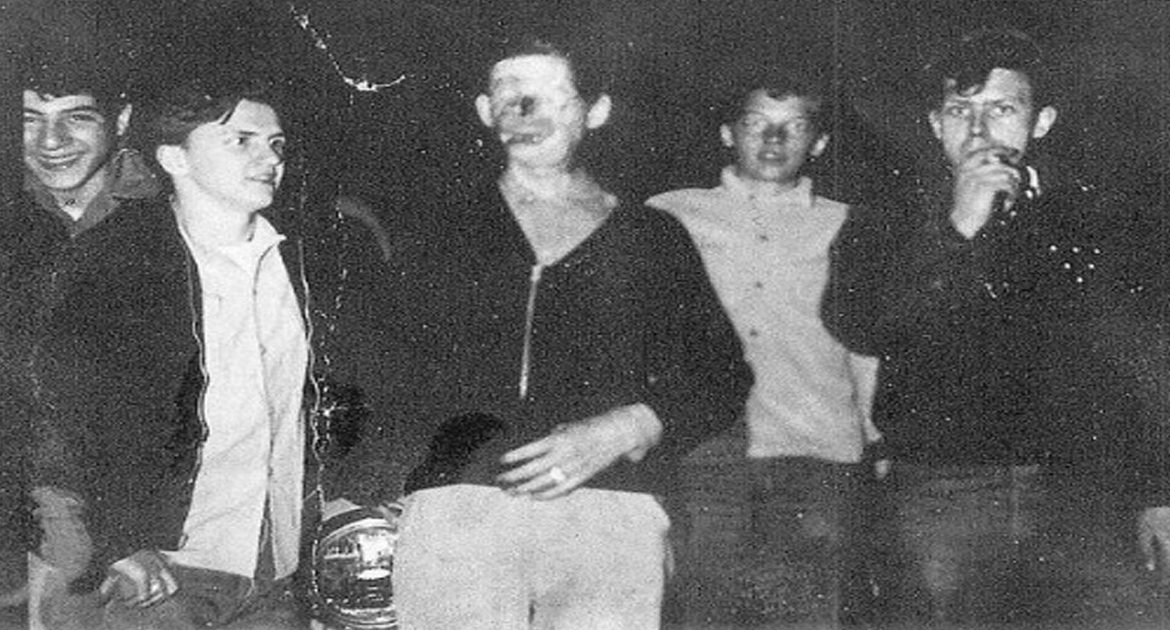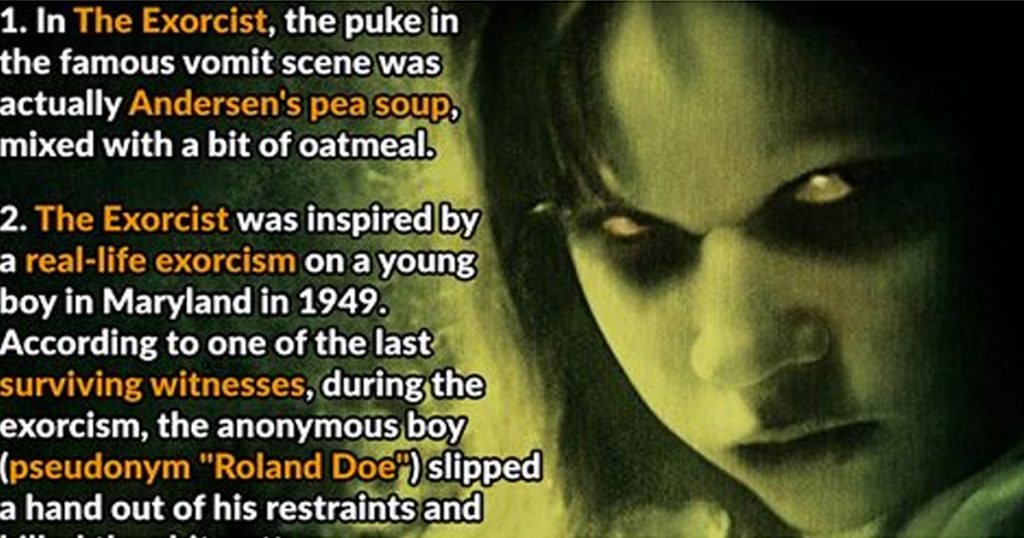Urban legends are common in every part of the world; they range from haunted houses to creepy characters appearing when you repeat their names in front of a mirror. And while most of these stories have little or no scientific value, they are often based on some kind of truth. This article tells a story that you may never have heard before, but one which, as you will see, holds more truth than most other legends.
In Pennsylvania, many people still remember hearing the tale about the man known as The Green Man or Charlie No-Face.
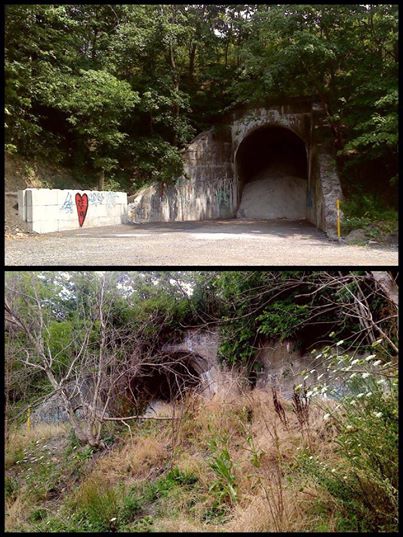
In the 1920s, there were rumors of a supernatural entity that shone in the darkness and appeared on roadsides or in abandoned tunnels in the region. Many people believed it to be the devil because of his greenish complexion, the strange noises he made and the fact that he only appeared at night.
Those who managed to get close claimed he had no face, or that it was pierced with holes. This legend spread remarkably quickly across the trenches during the Second World War, when American soldiers would tell each other urban legends from their respective cities to make the time pass quicker.
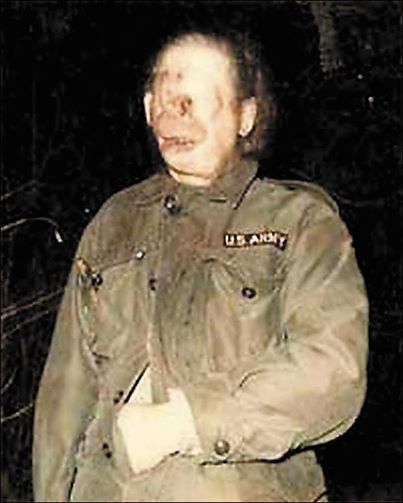
But this legend had a great deal of truth to it. The green, faceless man had a name: Raymond Robinson. And he had quite an incredible story. He was born in 1910, and at the age of nine he suffered an accident that would mark him for life. While trying to look into a bird’s nest, he fell onto the power lines and was electrocuted.
Doctors thought Raymond would not survive, but he did. However, the consequences of this tragic event were irreparable: he lost both eyes, his nose, one ear and one arm, becoming extremely disfigured. In addition, according to some versions of the tale, the electric shock left Raymond’s skin with a greenish tint that glowed in the dark.

Due to his almost inhumane appearance, Raymond was forced to live in solitude, spending the rest of his life tucked away from society so as not to cause a stir wherever he went. This meant that he would only go out at night, taking walks through almost uninhabited areas, such as tunnels or roads near the woods. This, coupled with the fact that he needed a blind man’s cane to get around, only fed his legend.
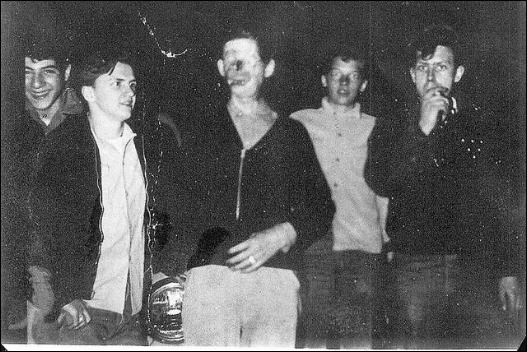
But behind the «monster» was in fact an affable man who lived a simple and dignified life. He made belts, mats and wallets, and when his neighbors saw him on the street he would let them take pictures of him in exchange for cigarettes.
Sadly, not all his encounters were as friendly as this. There were also cruel people who would go out of their way to find him in the areas he used to frequent at night and attack him. On several occasions he was even run over. But that did not dissuade him from taking his walks right up until the later years of his life. He died in 1985 at the age of 74 in a nursing home for the elderly.
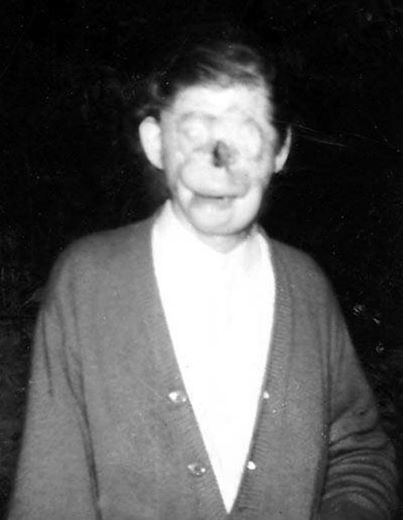
The truth is that those who knew him considered Raymond to be a man who closely escaped death at a young age and who led a happy life in his own way. Through several generations, Raymond’s story has been passed on many times and, while parts of it remain real, others have become highly exaggerated. One thing’s for sure, the legend behind Raymond Robinson will live a lot longer than he did, demonstrating there are no limits to people’s imagination.
